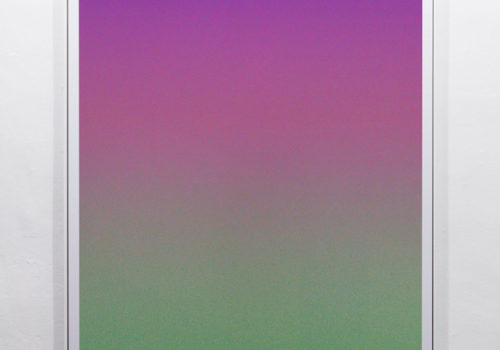KLEMM’S selection
We suggest these images because of the way they challenge the role of photographic imaging in a progressive digital age. All the works on view belong to the specific character of photographs that claim to provide us with an unmediated view of reality. Their materiality for the most part remains invisible behind this transparency. Like language, photographs are changing yet completely familiar instruments of our communication. We read photos and use them – from journalistic images to one‚ own page on Facebook. Yet, in the same way scholars (and literati) dismember language in order to infer how it works based on the smallest elements, the technical image and again time challenges us to sound out the quasi natural representation of the photograph for its media-related content – and this appeals not only to theorists, but to artists as well.
Our planned presentation is evolving around the discussion of digital and analogue imagery: Is there confrontation or amalgamation? Are Space & Time still relevant parameters for taking and (re-) presenting an image? How do surface and material, haptics and texture change? Do we read digital images differently to ones that have been developed with analogue techniques? How do we question the source, authenticity and authorship behind a photograph? What could be at the core of the visual experience and understanding of images in our times? These crucial questions immediately leave the realms of art / photography and open a much broader discussion about contemporary culture and life.
. Adrian Sauer
Sauer’s works are characterized by a unique appearance oscillating between hyperrealism and simultaneously an apparently unreal surface. Adrian Sauer’s large scale “Gradient” (16.777.216 colours)‚ (2012) functions as an exclamation mark and comment on the material possibilities of color in digital photography in our times. With “Schuh” (2013), precision in detail and the therefore visible irregularities interact perfectly. What once had indeed existed disappears behind the surface of the surrogate. Thus, Sauer perfections the unfinished while leaving the essence of the revealed parts untouched. The power of this work is based on the amalgamation of technical feasibility, human work and the artist’s eye: the super-natural‚ bewilders and has a lasting effect on our habits of perception. The idea of photography only remains a homogenized and filtered memory.
. Viktoria Binschtok
Viktoria Binschtok traces in her photographic work the idea of visibility and raises questions about which contents are transported within clearly defined image borders and which ones surpass them. Binschtok refers equally to images taken from media sources as well as images taken by herself in order to discuss their function and representation. In her current series “World of Details” she connects both image sources by using selected frames from the gigantic Google Street View archive in order to assemble her images and then taking images of this « virtual reality herself ».
© text courtesy of the artists & KLEMM’S, Berlin
KLEMM’S
Booth B23
Paris Photo 2013
















